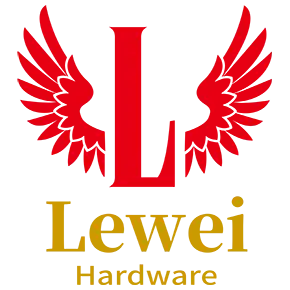Cost-Effective CNC Milling Aluminum Techniques for Your Budget
CNC milling is a versatile manufacturing process that uses computer software to guide a milling machine along predefined paths on a workpiece. This allows for the creation of complex shapes with high precision. When working with aluminum, the process involves selecting the appropriate milling parameters, tooling, and materials to achieve the desired outcome. Aluminum alloys, such as 6061, 7075, and others, are commonly used because of their excellent machinability and strength-to-weight ratio. However, the choice of alloy directly impacts both the cost and the quality of the final product.
Cost-Effective Material Selection for CNC Milling Aluminum
Choosing the right aluminum alloy is crucial for cost-effectiveness in CNC milling. High-strength alloys like 7075 are more expensive but offer better durability and resistance to wear and tear. On the other hand, lower-cost alloys like 6061 are ideal for applications where strength is less critical. To strike the right balance, manufacturers often use 6061 for initial prototyping and testing, with 7075 reserved for high-volume production where durability is a priority. Additionally, custom alloys can be tailored to specific requirements, allowing for optimized cost and performance.

Optimal Settings for CNC Milling Aluminum Parts
The efficiency of CNC milling directly impacts production costs. By optimizing machine settings such as spindle speeds, feed rates, and depths of cut, manufacturers can reduce material waste, tool wear, and energy consumption. For aluminum, higher spindle speeds and feed rates are generally required compared to other materials due to its lower hardness and strength. However, excessive speeds or feeds can lead to tool breakage or surface finish issues. Proper tool selection, including end mills and face mills, is also essential to ensure consistent results. Fine-tuning these parameters can significantly enhance productivity and reduce costs.
Advanced Techniques for Cost Reduction
To further reduce costs, manufacturers can adopt advanced CNC milling techniques. High-Speed Machining (HSM) uses rotary tools to reduce material removal rates, cutting down cycle times and tool wear. Climbing milling, which involves moving the tool in a vertical or diagonal direction, is another method that can improve efficiency by reducing material waste. However, these techniques require precise setup and may increase tooling costs. Balancing these advanced methods with traditional CNC milling ensures that both quality and efficiency are maintained.
Post-Milling Finishing Techniques
Surface finish and functionality are critical factors in CNC milling. While the cutting process itself may be cost-effective, post-milling finishing can add value by improving the final product. Processes such as grinding, polishing, and anodizing can enhance the surface finish and durability of the parts. Coating the parts with finishes like nitrate or fluorocarbon can also extend their lifespan and improve corrosion resistance. Integrating these finishing processes into the manufacturing cycle ensures that the end product meets both functional and aesthetic requirements without significantly increasing costs.
Case Study: Successful Implementation of Cost-Effective Techniques
A recent case study from a leading aerospace manufacturer highlights the benefits of implementing cost-effective CNC milling techniques. By transitioning from high-cost, low-volume production to a CNC-milled aluminum parts line with optimized settings and advanced finishing, the company reduced material waste by 15% and cut production costs by 20%. The implementation of HSM and anodizing processes further boosted efficiency, enabling the manufacturer to scale up production without compromising on quality. This real-world example demonstrates how strategic use of cost-effective techniques can lead to significant financial returns.
Best Practices for Maintaining CNC Machines
To ensure the longevity and efficiency of CNC machines, regular maintenance and monitoring are essential. Proper lubrication, tool inspection, and thermal management can prevent tool wear and machine downtime. Implementing machine monitoring systems allows for early detection of potential issues, minimizing unexpected interruptions. Additionally, updating tooling and software regularly ensures that the machine operates at peak performance. By adhering to these best practices, manufacturers can maintain optimal performance and reduce operational costs.
